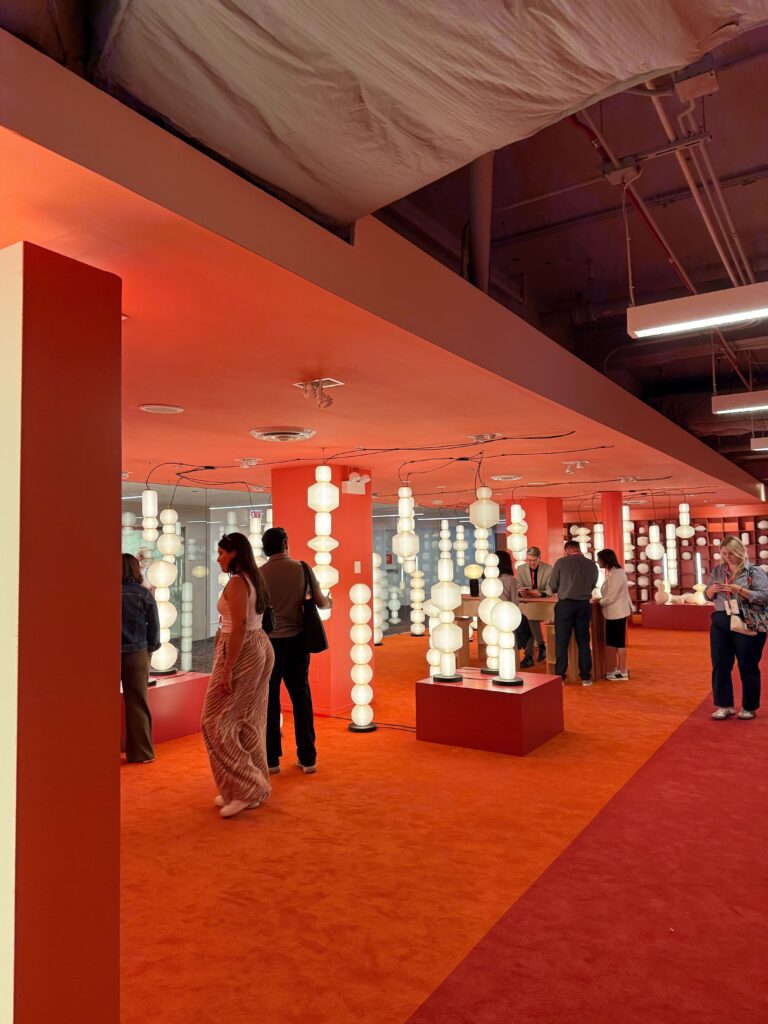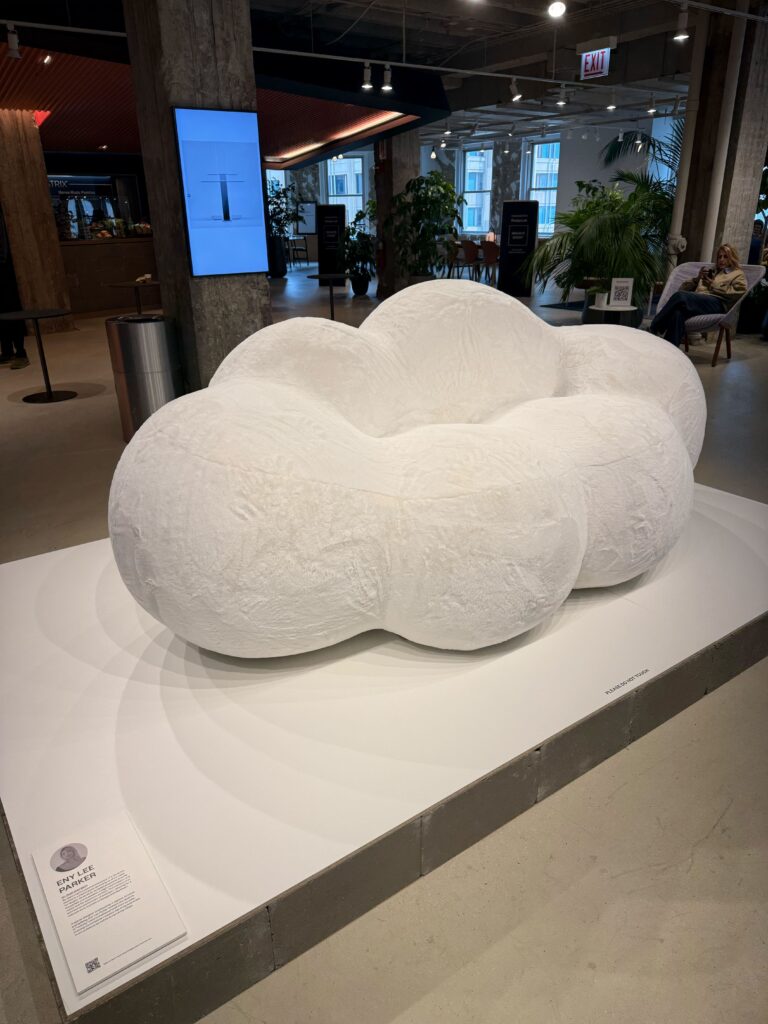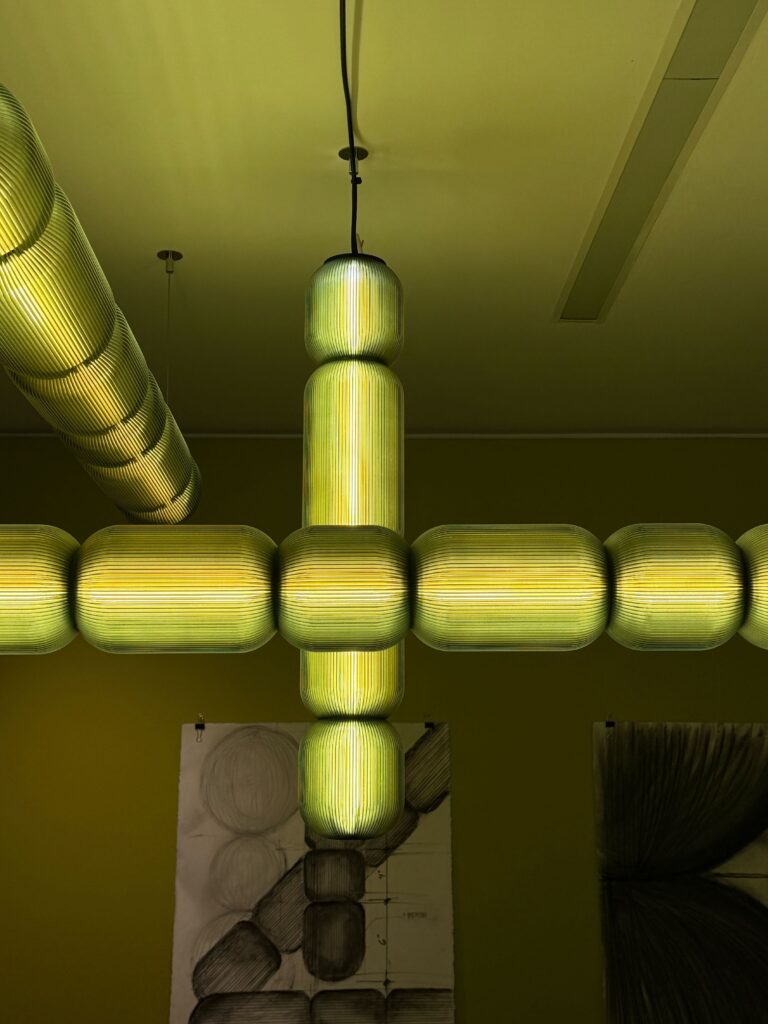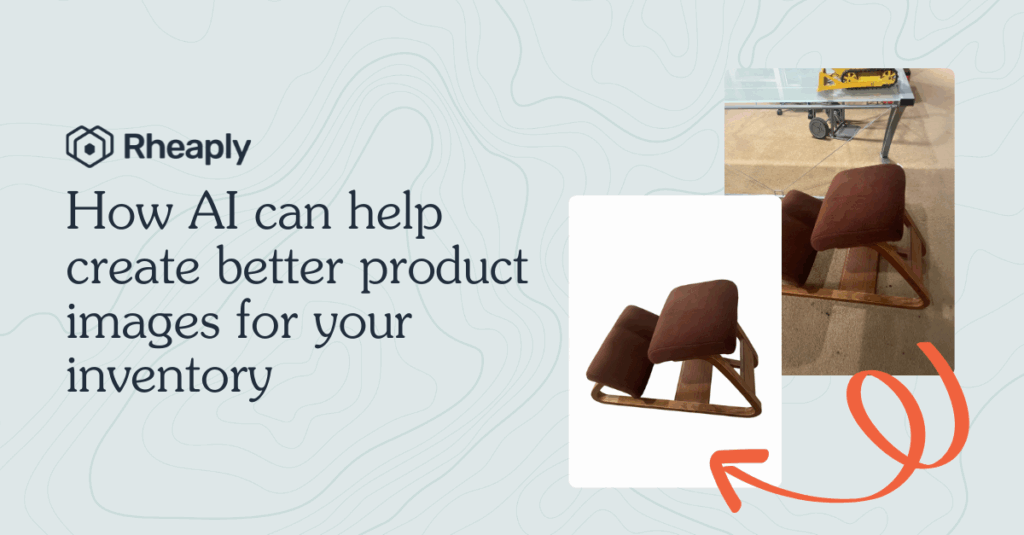Last week, I walked the sprawling halls of Chicago’s Merchandise Mart at NeoCon 2025, where workplace design’s brightest minds gathered to show off the newest in-office furnishings, layouts, and materials.



And while the displays were nothing short of stunning, I couldn’t help but feel like the most innovative idea wasn’t what’s new, but what’s next. That future, I believe, isn’t just about what we design, but what we reuse.
The case for circular starts now
In a session led by Marcus Hopper of Gensler, the focus wasn’t on sleek showrooms or textiles. Instead, it was about intelligently designing projects to turn them into material banks—stockpiles of usable assets that can be salvaged and re-deployed across a portfolio. Inevitably, buildings will be refreshed, and eventually, deconstructed. Most teams miss a highly valuable opportunity to reuse.
Marcus walked through the anatomy of a deconstruction project, where salvaged wood, used furniture, and leftover materials aren’t waste, they’re resources with stories to tell.
In fact, storytelling came up again and again. Whether you’re producing an impact report or visualizing the journey of a conference table, your stakeholders want a narrative.
- Where did it come from?
- What did it become?
- And crucially, what impact did it have?
That’s a big part of what we do at Rheaply: help organizations connect those dots, meaningfully quantify the impact, and build programs where reuse isn’t a “nice to have”, it’s baked into the project timeline and budget from the start.
Real talk on project teams
Here’s the kicker: reuse is rarely a top priority for architects, engineers, or contractors. Their job is to execute fast and on-budget, and reuse often feels like a speed bump. So how do you bridge that gap?
Enter the “green project team”, a crew of salvage auditors, deconstruction contractors, reuse vendors, and material brokers. These roles aren’t just nice add-ons. They’re essential to making circularity functional. Facilities leaders: if your teams aren’t already involving these folks upstream, you’re likely missing out on serious savings and sustainability gains.
Trend watch: what’s hot (and sustainable) in design
Other sessions leaned hard into the human-centered trends shaping modern workplaces:
- Neuroinclusivity and empathetic design are becoming must-haves, not fringe concepts.
- Material health is under the microscope. High-performance shouldn’t mean high-toxicity. And – a product made with recycled plastic isn’t necessarily green when it comes to the health of its users.
- Regional takeback centers using QR codes? That’s not sci-fi, it’s logistics we should be building now.
And as we stare down a future with 6 generations sharing the same office space, flexibility and modularity in furnishings will define whether a space can adapt or ends up in the dumpster.
Fun fact: Interior designers are responsible for more CO₂ emissions than architects.
Continuous refurbs mean continuous consumption. If that doesn’t scream opportunity for circular solutions, I don’t know what does.
What’s next for Rheaply?
At Rheaply, our vision is expanding. We’re not just helping clients with internal reuse—we’re eyeing the full product lifecycle, starting with manufacturers. Imagine a future where every piece of furniture comes with a reuse plan before it’s even delivered.
As a Customer Success Manager, my job is to make that future real for our partners. That means getting strategic, embedding reuse into timelines and budgets, and building reuse stories that get leadership buy-in. NeoCon was a reminder that while the industry celebrates the new, it’s the next—circular, human-centered, resilient—that really deserves our applause.


